Asset finance is a type of funding that allows businesses to purchase or lease assets they need to operate, without paying for them upfront. Instead, businesses can spread the cost of assets over time, making it easier to manage their cash flow. Asset finance can also help businesses acquire new assets without compromising their existing credit lines, and can often be secured against the asset being financed, rather than the business itself.
There are several types of asset finance available, each with its own benefits and drawbacks. Here are some of the most common types of asset finance and how they can benefit your business:
Hire Purchase (HP)
Hire purchase (HP) is a type of asset finance that allows businesses to spread the cost of an asset over an agreed period of time, usually 1-5 years. The asset is technically owned by the finance provider until the final payment is made, at which point it is transferred to the business. HP can be a good option for businesses that want to acquire an asset permanently but can’t afford to pay for it upfront. However, interest rates on HP can be higher than other forms of finance, and businesses may have to pay an upfront deposit.
Finance Lease
A finance lease allows businesses to lease an asset for an agreed period of time, usually 2-5 years. The finance provider owns the asset and rents it out to the business in return for regular payments. At the end of the lease period, the business can choose to return the asset or purchase it at a reduced price. Finance leases can be a good option for businesses that need assets for a fixed period of time but don’t want to commit to owning them long-term. However, the business will not own the asset at the end of the lease period, and may have to pay additional charges for any damage to the asset.
Operating Lease
An operating lease is similar to a finance lease, but the asset is typically leased for a shorter period of time, usually 1-2 years. At the end of the lease period, the business can return the asset or extend the lease. Operating leases can be a good option for businesses that need assets for a short period of time, or for those that want to avoid the costs of maintaining and disposing of assets. However, operating leases can be more expensive than finance leases, and the business will not own the asset at the end of the lease period.
Asset Refinance
Asset refinance allows businesses to release cash from assets they already own, such as machinery, vehicles, or property. The finance provider will purchase the asset from the business and then lease it back to them, allowing the business to access cash while still using the asset. Asset refinance can be a good option for businesses that need to raise capital quickly but don’t want to sell their assets outright. However, the business may have to pay higher interest rates than other forms of finance, and may have to provide additional security for the loan.
Invoice Finance
Invoice finance allows businesses to release cash tied up in unpaid invoices. The finance provider will advance a percentage of the invoice value to the business, and then collect payment from the customer. Once the customer has paid, the finance provider will deduct their fee and release the remaining funds to the business. Invoice finance can be a good option for businesses that need to manage their cash flow and reduce the risks associated with late payment. However, the fees for invoice finance can be high, and businesses may have to pass on some control over their payment process to the finance provider.
Choosing the right type of asset finance will depend on your business’s individual circumstances and needs. Before making a decision, it’s important to assess the costs and benefits of each option, and to speak to a financial advisor to ensure you are making the best choice for your business.
Get in touch with us at Funding Bay for your Asset Finance needs.
Check out our Asset Finance Calculator.



